A Kruger National Park Visit
I vividly recall my first visit to the Kruger National Park. The excitement of arriving for the first time at the Orpen Gate was something I won’t forget. I sat in the back seat of the car as my father went inside to get us checked in. At the time, I could barely see out the rear windows and remember kneeling on the back seat and looking out at every rock and tree that we passed. I’ve returned many times since then, to this, my favourite of all parks. Although, over the years, it’s become more commercial, it hasn’t lost any of its excitement to me. Around every corner is the potential for another wonderful sighting, and a great photograph is always close at hand.
I have done all sorts of photographic tours in the past twenty years. Self-driving, if you get the chance, is still the only way to go for me. Your space is your own, and more importantly, so is your time. Occasionally you will have traffic jam moments with people who see one of the big five for the first time, it’s easy to avoid them and move on to quieter opportunities sitting in your own car.
There is something special about spotting for yourself, and although more eyes in the car do help, if you drive slowly, you’ll enjoy wonderful sightings. Once the realisation sets in that the wildlife does not stay in one place, you can drive the same route day after day and have different opportunities for each journey.
Park Stats
Some park stats for those statoholics out there. The Kruger National Park is one of the largest national parks in the world, with an area of almost 20,000 square kilometres (7,700 sq mi), it has recorded sightings of over 500 bird species and has 148 resident mammal species which is more than any other park in Africa.
The Trip
In October 2009, I settled on three nights in Satara camp (central Kruger) and six nights in Lower Sabie camp (southern Kruger) as my main focus was getting stock of lion, leopard, cheetah, wild dogs and, more importantly, rhino. The central and lower regions of the park presented the best opportunity to nail those shots.
Upon entering the park through the Orpen gate again, I was flagged down by an oncoming car, and the driver proceeded to direct me to a group of 30+ wild dogs that were sleeping alongside the gravel road. I sped to the place in question, all the while thinking these hyperactive animals would be long gone by then, and was relieved to see three cars parked up. I spent two wonderful hours taking photographs as they slept in the shade of small bushes.
Occasionally one would get up and walk over to another group before flopping down on top of another poor, hot and bothered animal. In the end, as the light started to fade, the alpha female and male got up and started to move off. Within fifteen seconds, they had all melted away into the bush. I counted 43 animals.
Some images from the trip
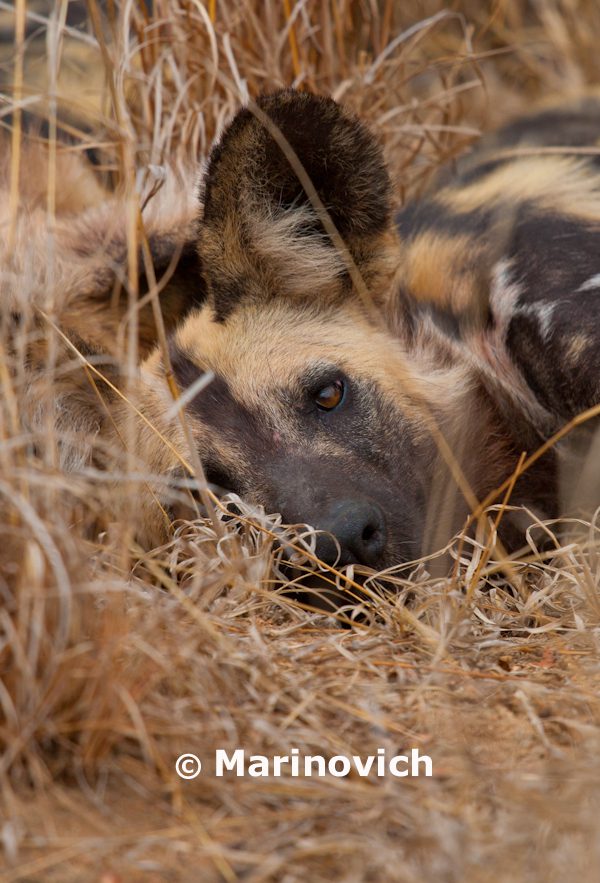
African Wild dog. 1D Mark III, 100-400mm (at 330mm), 1/1250, f/5.6, ISO400
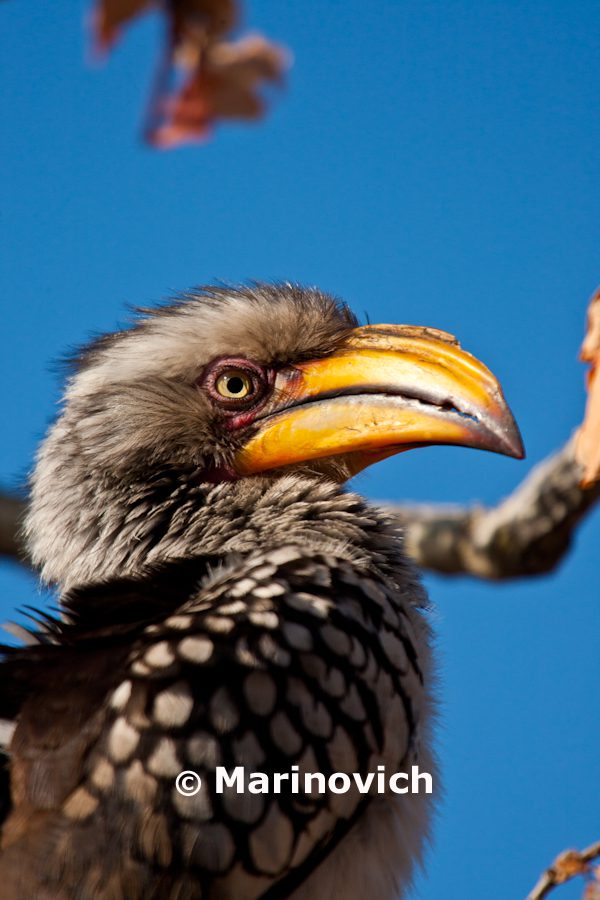
Southern Yellow-billed Hornbill. 1D Mark III, 100-400mm + 1.4x conv (at 560mm), 1/1000, f/8, ISO200
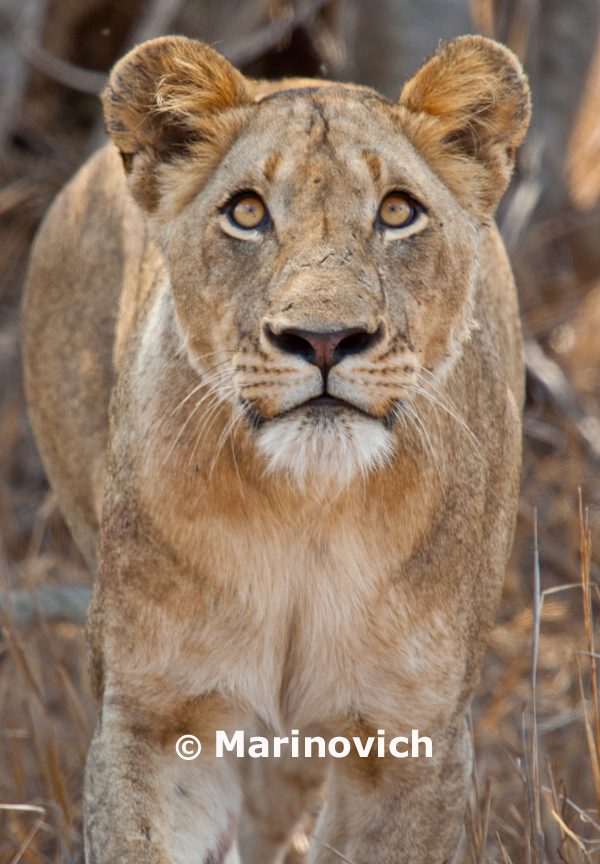
African Lioness. 1D Mark III, 100-400mm + 1.4x conv(at 480mm), 1/250, f/8, ISO200
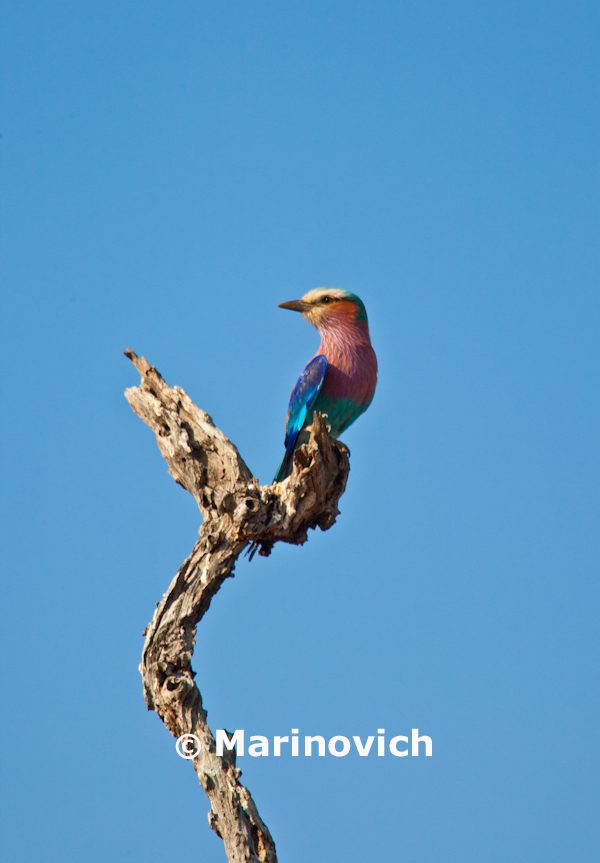
Lilac breasted Roller. 1D Mark III, 100-400mm + 1.4x conv(at 560mm), 1/1000, f/8, ISO200
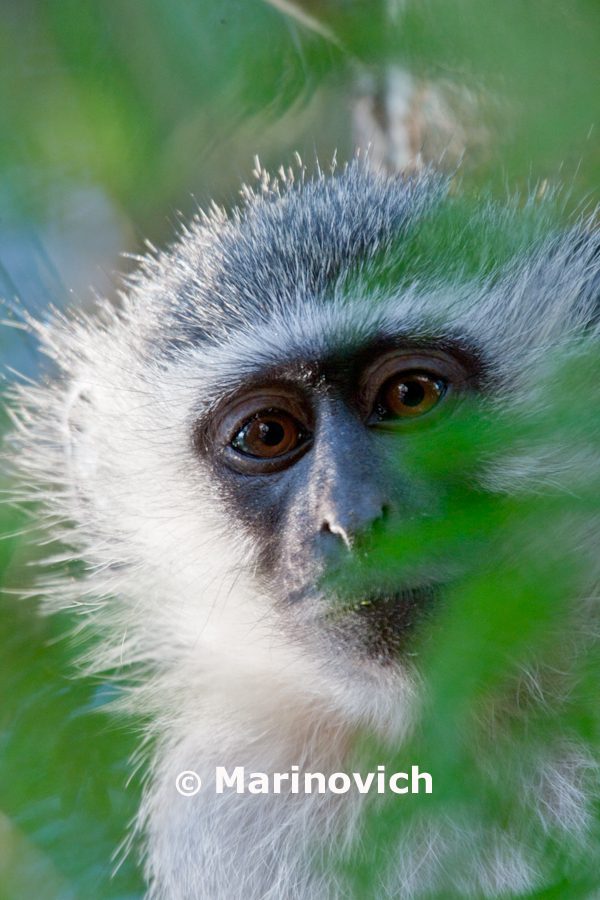
Vervet Monkey. 1D Mark III, 100-400mm + 1.4x conv(at 525mm), 1/80, f/8, ISO400
Evenings in the camps
The park camps are really good for stocking up on food as I was self-catering. You can get a decent meal at the various camp restaurants, but I had a routine every evening that needed to be followed. I’d go for a swim to cool down and get rid of some of the dust before returning to plug in my two extension cords. These would allow me to plug in the chargers for two cameras, the downloader, my phone and my laptop. It also helped as I only needed to bring along two South African adapters, and thus I could leave all UK plugs on the equipment. I would then go about downloading the 1000 to 2000 photos I had taken that day and head off to shower.
I’d scan through all the photos and delete the blurred and missed chances. I never delete out in the field because although the three-inch LCD screen on the back of the cameras has come a long way. Nothing beats editing on a large laptop screen. I also rate the 4 and 5 stars (the best) photos as those are the ones that I will probably process.
Then it is a quick light supper out of a tin and off to bed around 9:30. This is vital as the gates open early, and I am usually up at 4:30 to get breakfast and pack the car. Repeat the above ritual for the duration of the stay.
More diversity
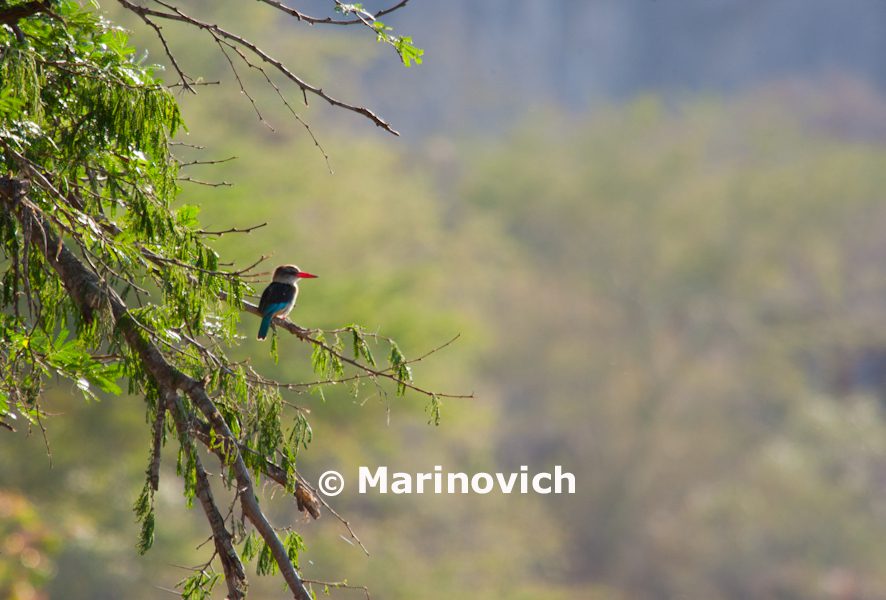
Brown Hodded Kingfisher. 1D Mark III, 100-400mm + 1.4x conv (at 560mm), 1/250, f/8, ISO200
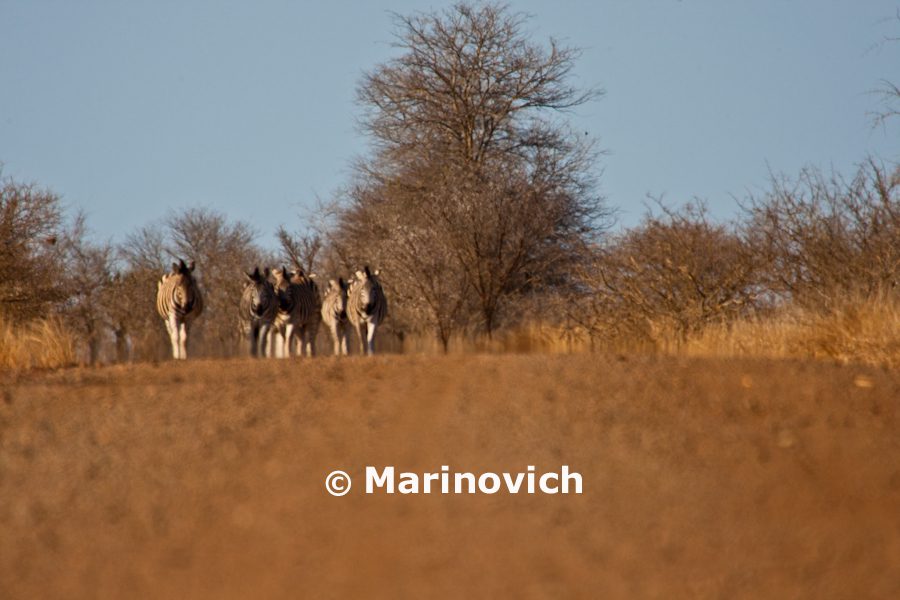
Burchells Zebra. 1D Mark III, 100-400mm + 1.4x conv (at 560mm), 1/800, f/8, ISO200
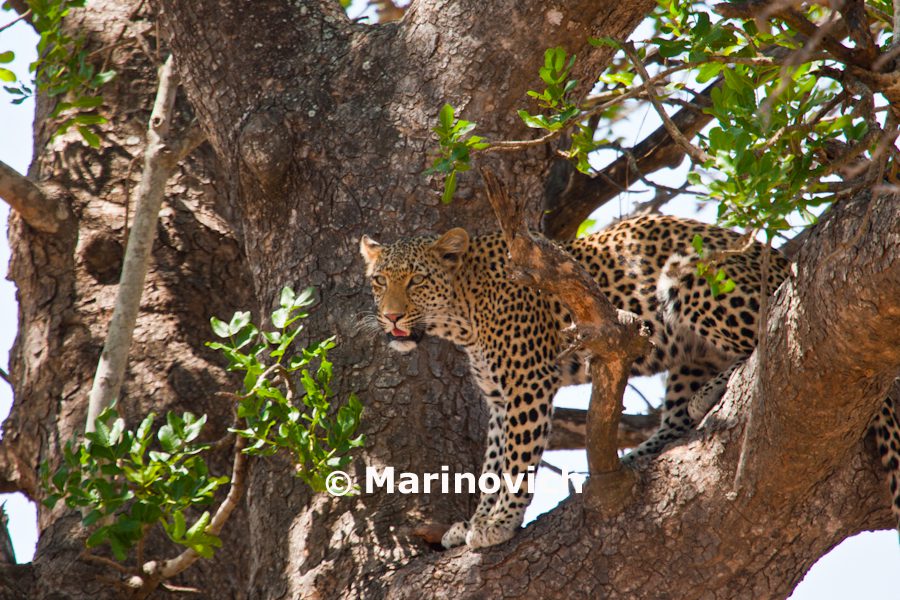
Leopard. 1D Mark III, 100-400mm + 1.4x conv (at 560mm), 1/160, f/8, ISO200
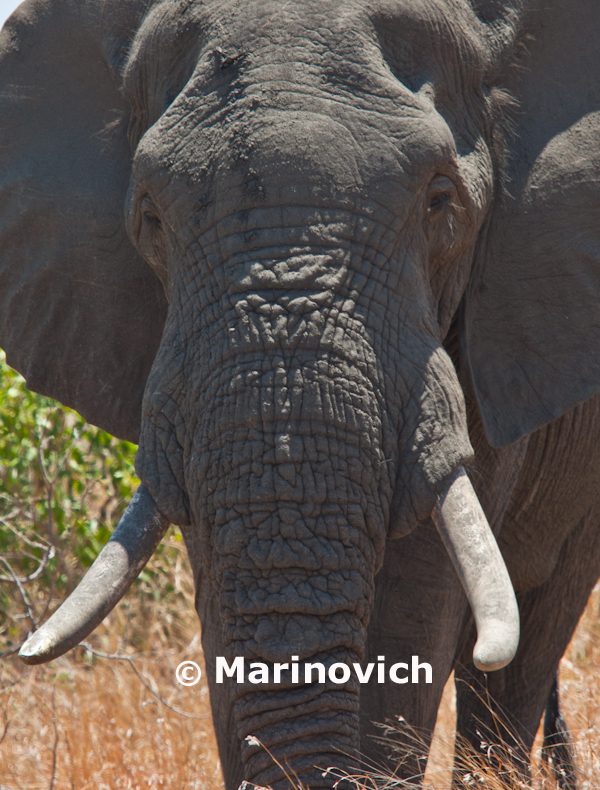
African elephant. 1D Mark III, 100-400mm + 1.4x conv(at 520mm), 1/200, f/8, ISO200
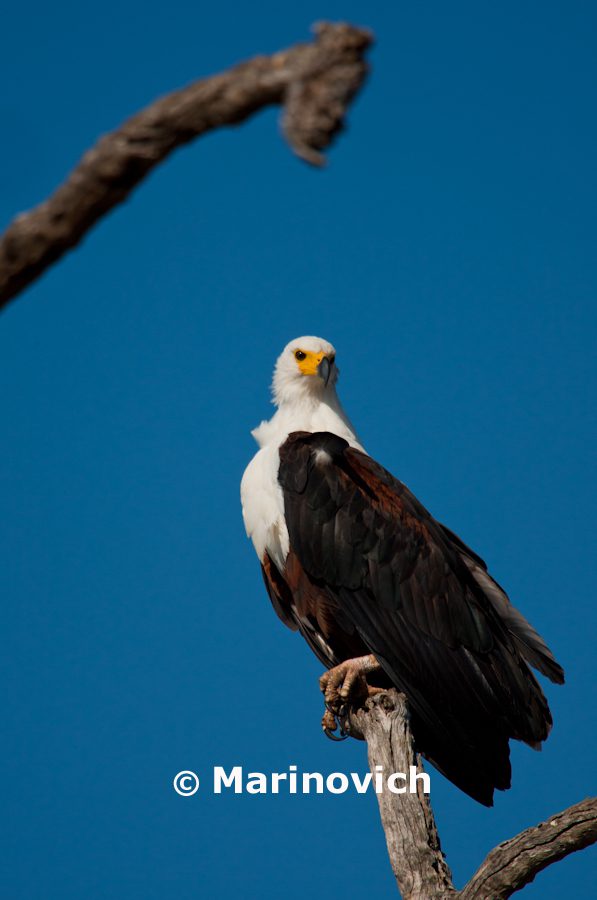
African Fish Eagle. 1D Mark III, 100-400mm + 1.4x conv(at 540mm), 1/1600, f/8, ISO200
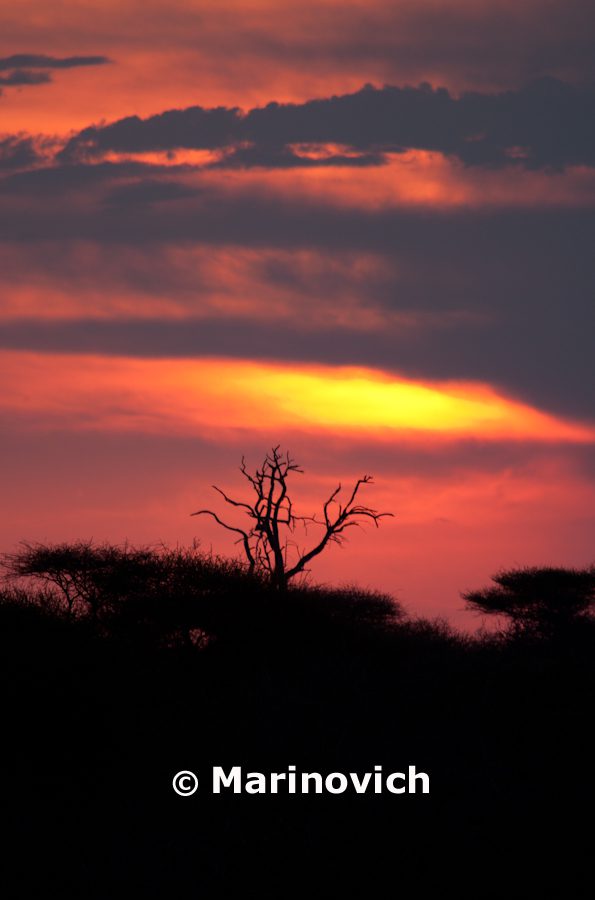
Kruger Sunset. 1D Mark III, 100-400mm + 1.4x conv(at 560mm), 1/10, f/8, ISO100
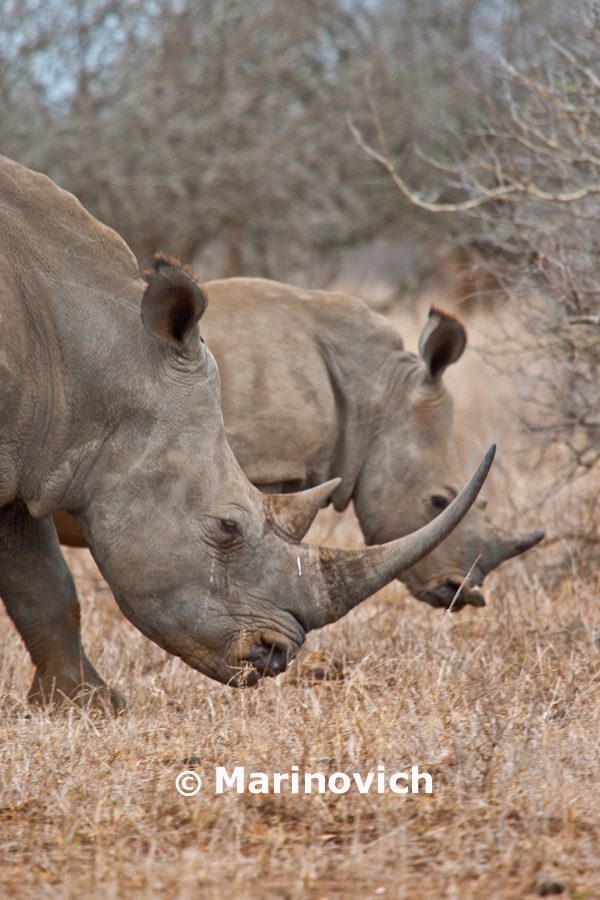
Southern White Rhino. 1D Mark III, 100-400mm + 1.4x conv(at 560mm), 1/800, f/8, ISO400
Sightings Galore
I had fantastic sightings of big cats and got some decent shots of leopards. The elusive cheetah still proved to be just that, and once again, I left the Kruger without a single sighting. Time flies on trips like these, and I make a point of always spending some time in the various bird hides and at a few of the many waterholes that line the various routes.
Sitting at a water hole in the shade of a large thorn tree, with the car windows rolled down, is a wonderful way to experience the South African bush. The sounds and smells filter into the car, and I have, on more than one occasion, drifted off to sleep for a while. On one such occasion, a large bull elephant passed less those 3 meters from this sleeping beauty on his way down to the waterhole. An elderly couple gleefully told me so once I woke up, and it typifies why those types of Kruger experiences are memorable.
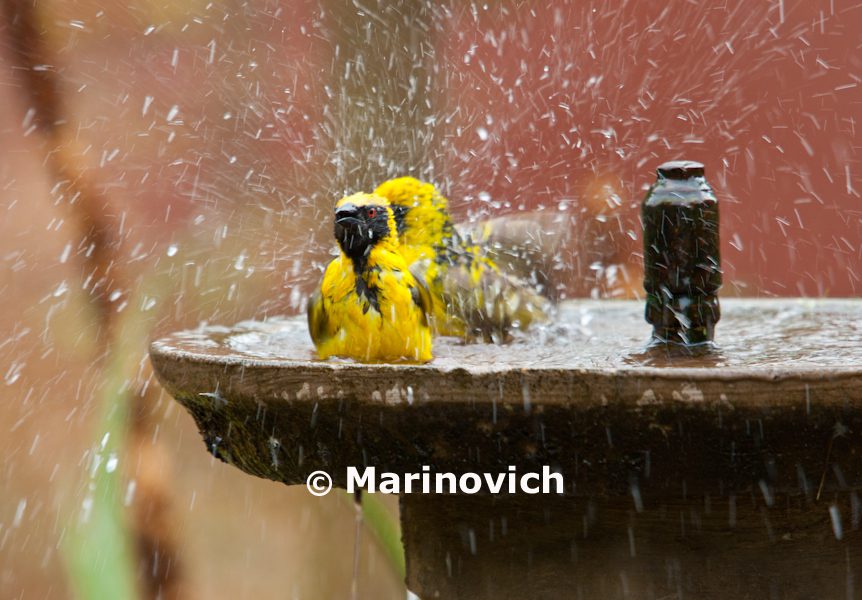
Village Weaver. 1D Mark III, 100-400mm + 1.4x conv(at 435mm), 1/160, f/8, ISO400
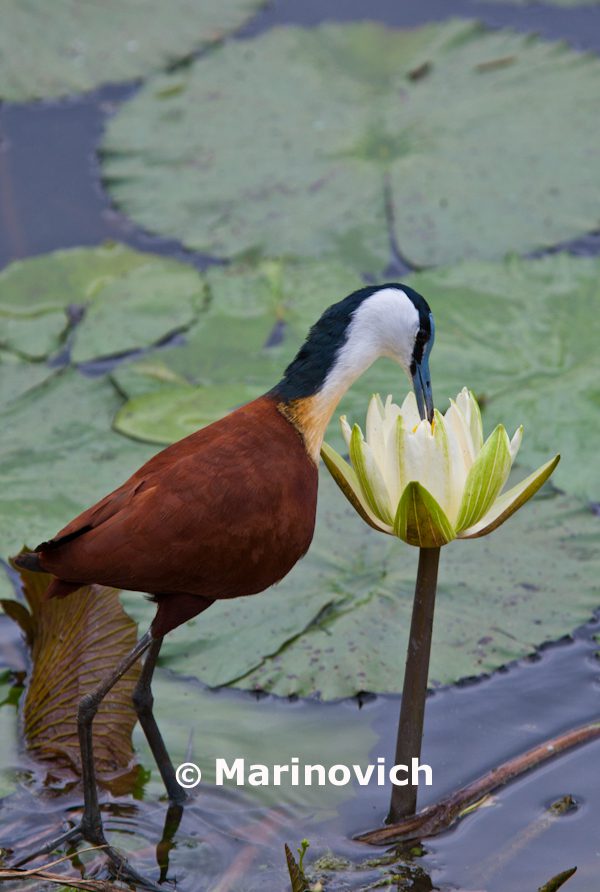
African Jacana. 1D Mark III, 100-400mm + 1.4x conv(at 280mm), 1/640, f/7.1, ISO400
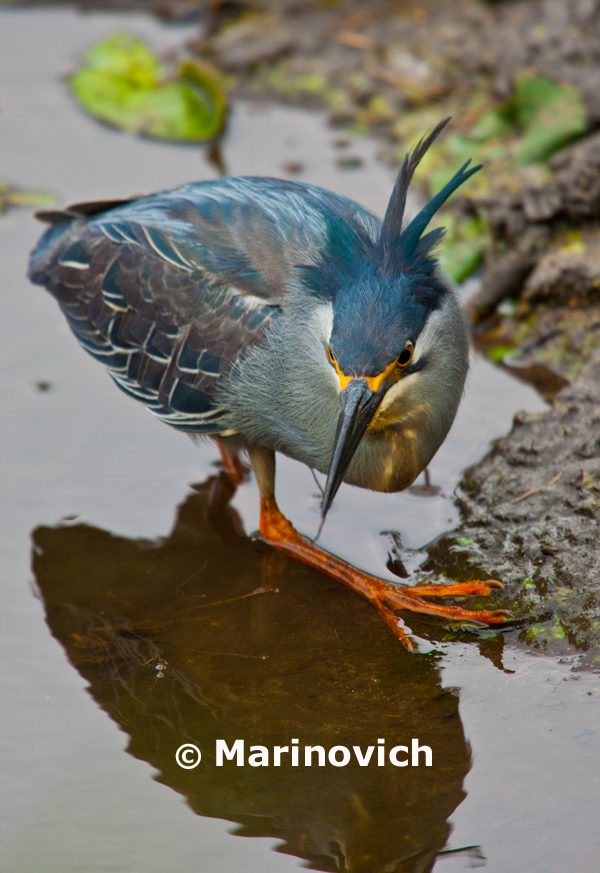
Green Backed Heron. 1D Mark III, 100-400mm + 1.4x conv(at 560mm), 1/400, f/8, ISO200

Kruger Sunrise. 1D Mark III, 100-400mm + 1.4x conv(at 490mm), 1/2000, f/8, ISO400
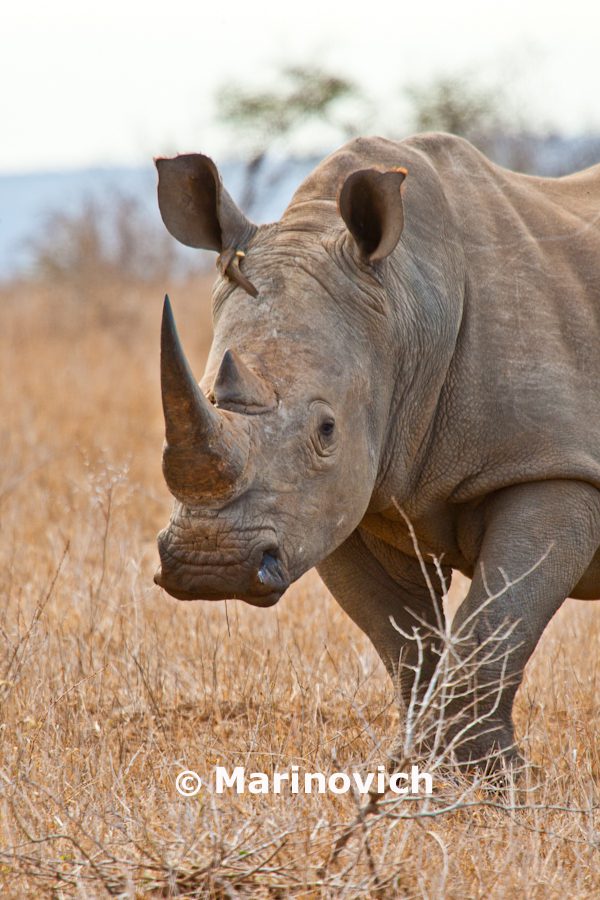
Southern White Rhino. 1D Mark III, 100-400mm + 1.4x conv(at 560mm), 1/160, f/8, ISO200
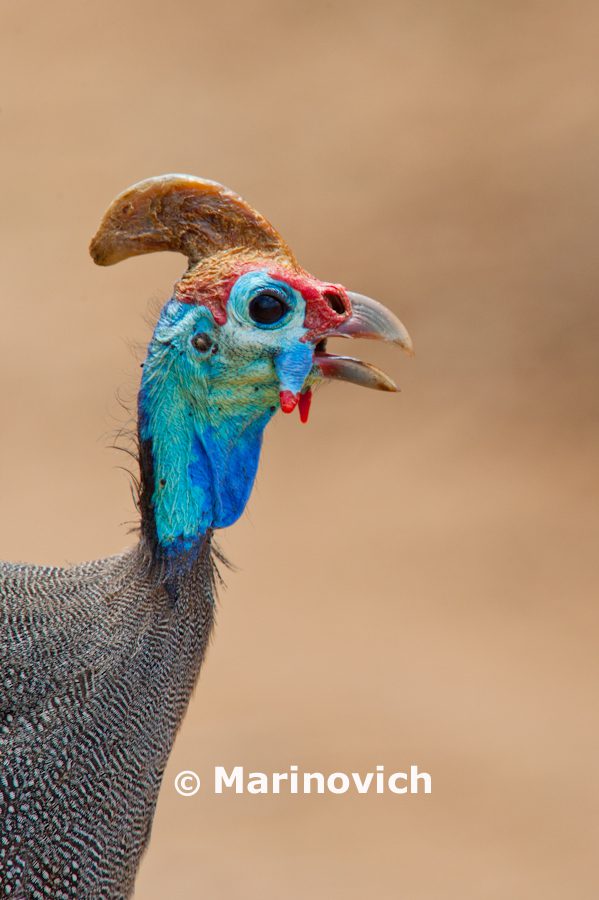
Helmeted Guineafowl. 1D Mark III, 100-400mm + 1.4x conv(at 475mm), 1/500, f/8, ISO200
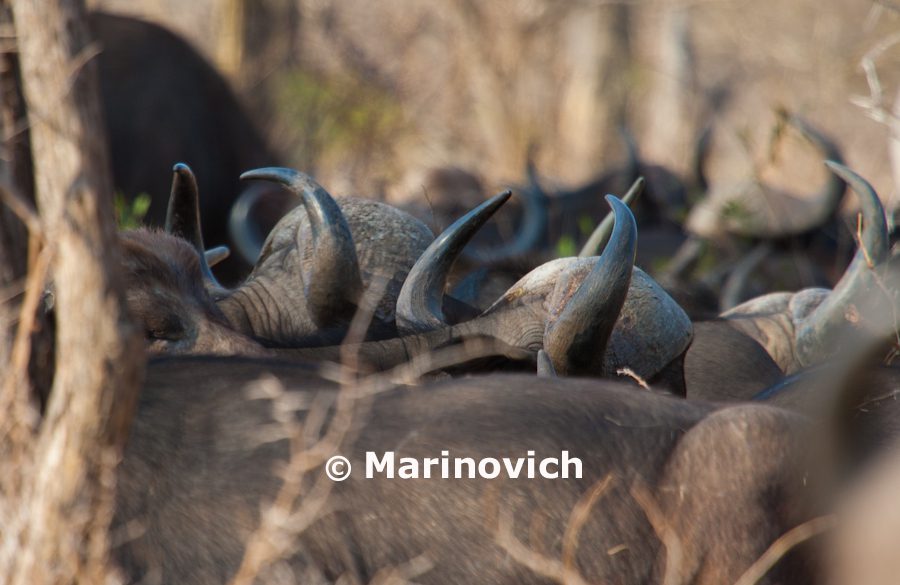
African Buffalo. 1D Mark III, 100-400mm + 1.4x conv(at 560mm), 1/200, f/8, ISO200
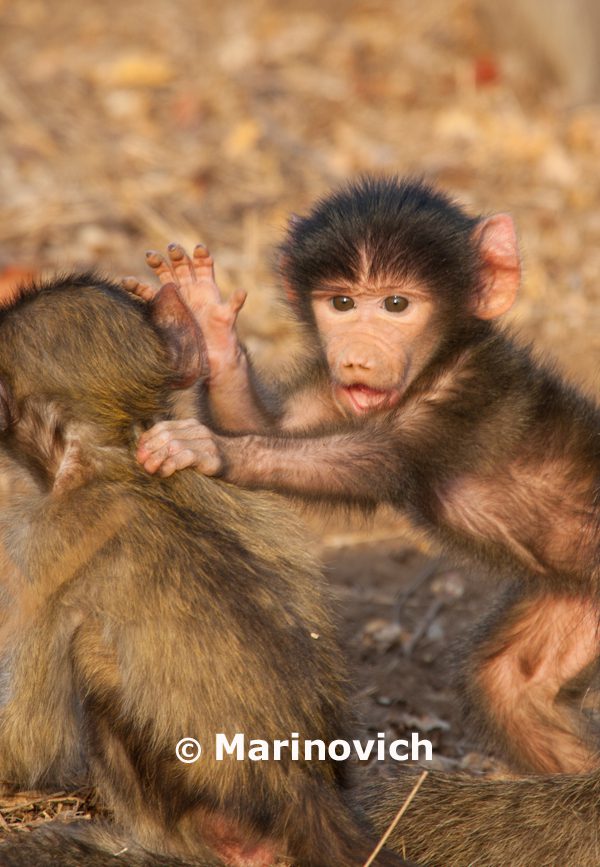
Chacma Baboon. 1D Mark III, 100-400mm + 1.4x conv(at 560mm), 1/160, f/8, ISO400
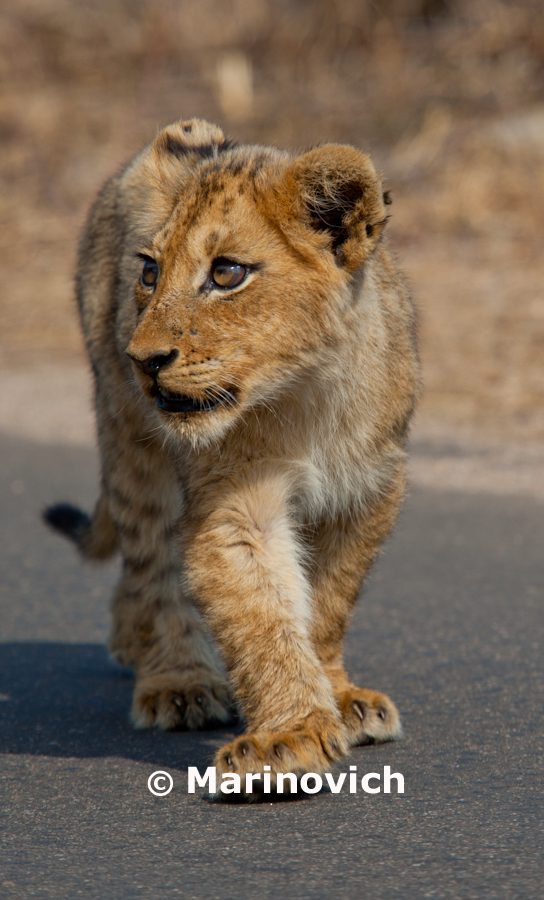
African Lion Cub. 1D Mark III, 100-400mm + 1.4x conv(at 400mm), 1/640, f/8, ISO200
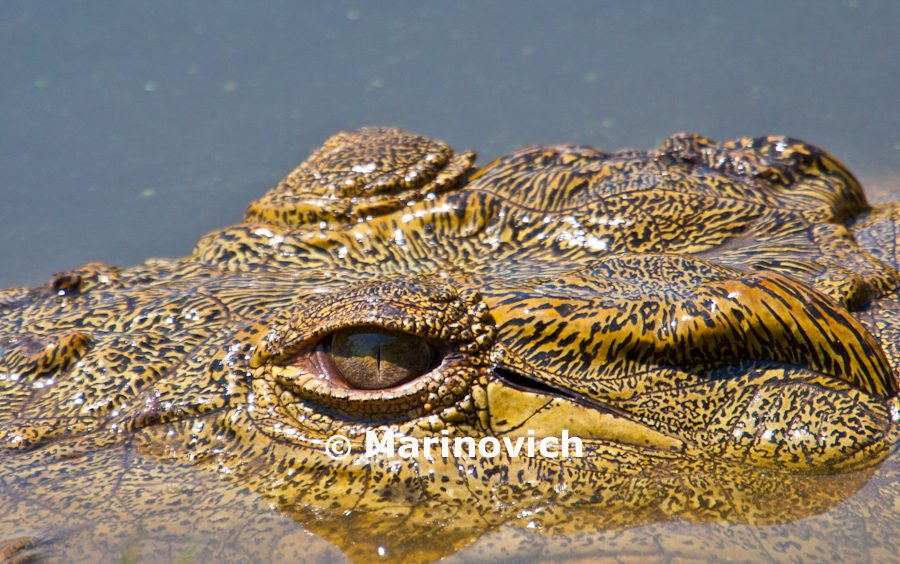
African Crocodile.1D Mark III, 100-400mm + 1.4x conv(at 560mm), 1/500, f/8, ISO200
All good things come to an end.
Time flew by with me getting many of the shots I came to get. I have since discovered that I have an unhealthy obsession with the lowly warthog, not your classic big five, but a fascinating creature nonetheless.
I will be returning in 2010 to try and focus on some of the smaller creatures. Which will mean driving even slower, spending more time at waterholes and watching more warthogs.
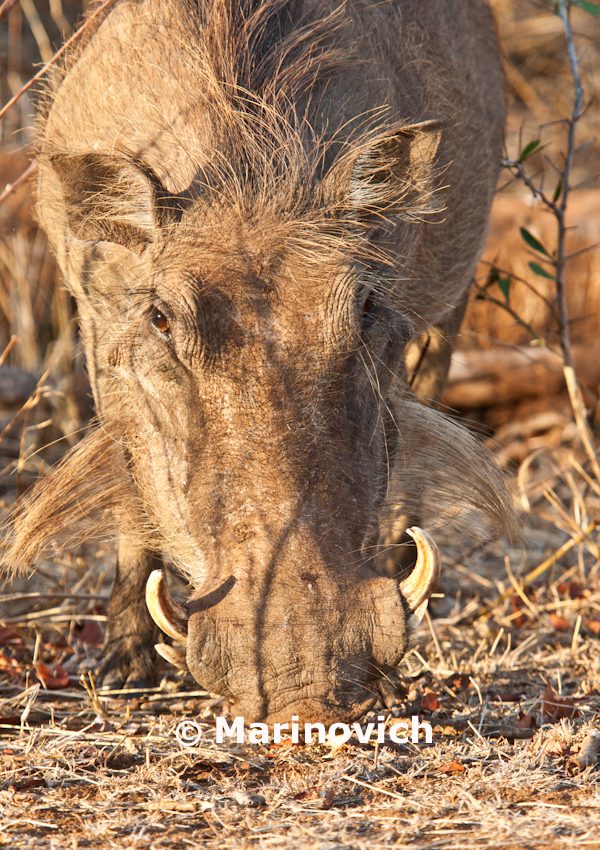
Warthog. 1D Mark III, 100-400mm + 1.4x conv(at 560mm), 1/320, f/7.1, ISO200
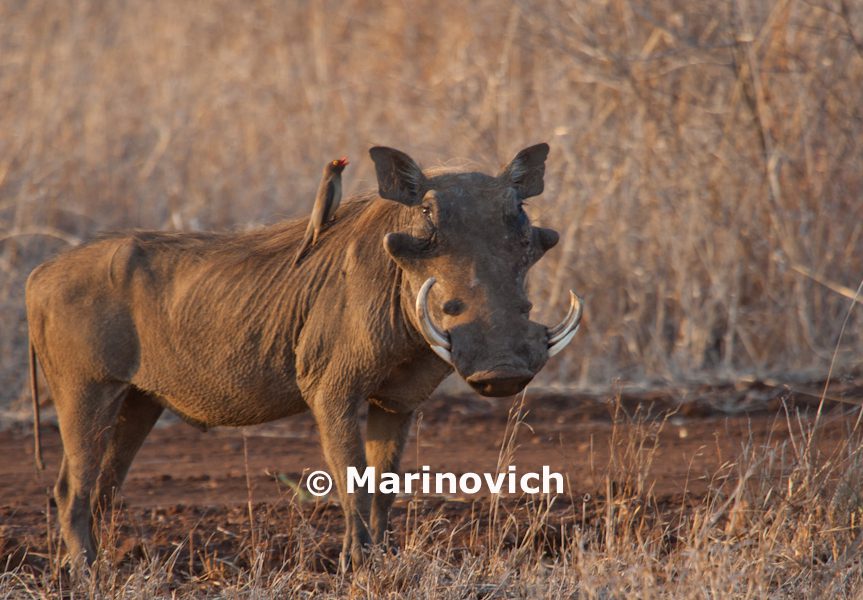
Warthog with Redbilled Oxpecker 1D Mark III, 100-400mm + 1.4x conv(at 560mm), 1/100, f/8, ISO200
To see more Wildlife and Nature Images, click here to see the updated gallery.
Get 2 FREE ebooks when you sign up for my newsletter.
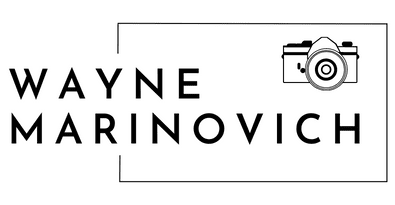
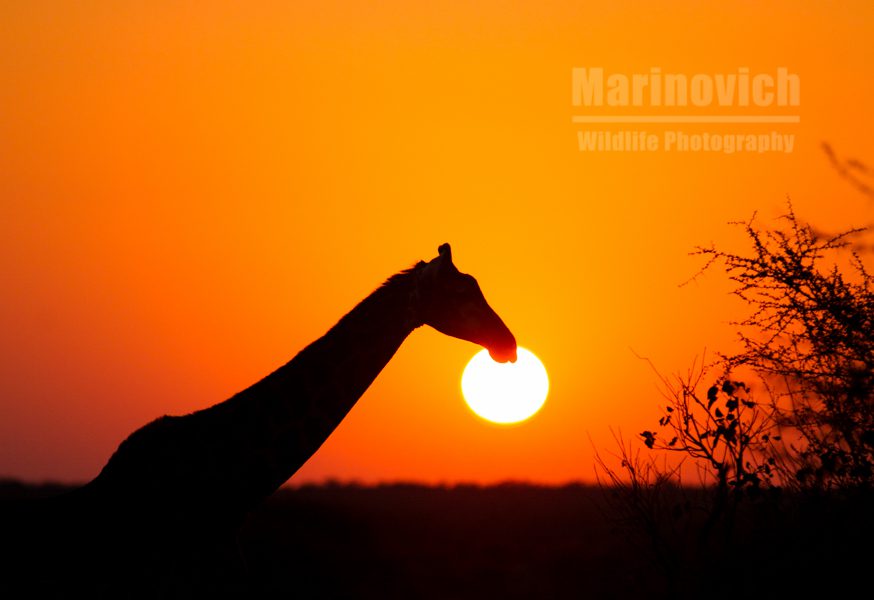









[…] elbows tend to act as great stabilisers for the camera and lens. However, I was just outside the Satara Rest camp in the Kruger National Park and had no intention of crawling around and being a snack for a passing […]
[…] the Kruger Park, the authorities have signs around the visitor camps encouraging people to document their sighting […]
[…] my last trip to the Kruger National Park, and while enduring a long period of grey overcast conditions, I decided to see how far I could […]
[…] was an early morning in the Kruger National Park when I came across a well-worn dust path that crossed the tarred road. I always stop to look up and […]
[…] photo of the Blue Wildebeest or Gnu was taken on a really the miserable day in Kruger National Park in South Africa. It put paid to the notion that animals go about their business regardless of the […]
[…] If you liked this post, you may love a similar trip I did in South Africa […]
[…] build a visit to this desert park into your itinerary. It is always tempting to just focus on the Kruger National Park, which is perfectly understandable, but this park is also self-catering and self-driving, so it may […]